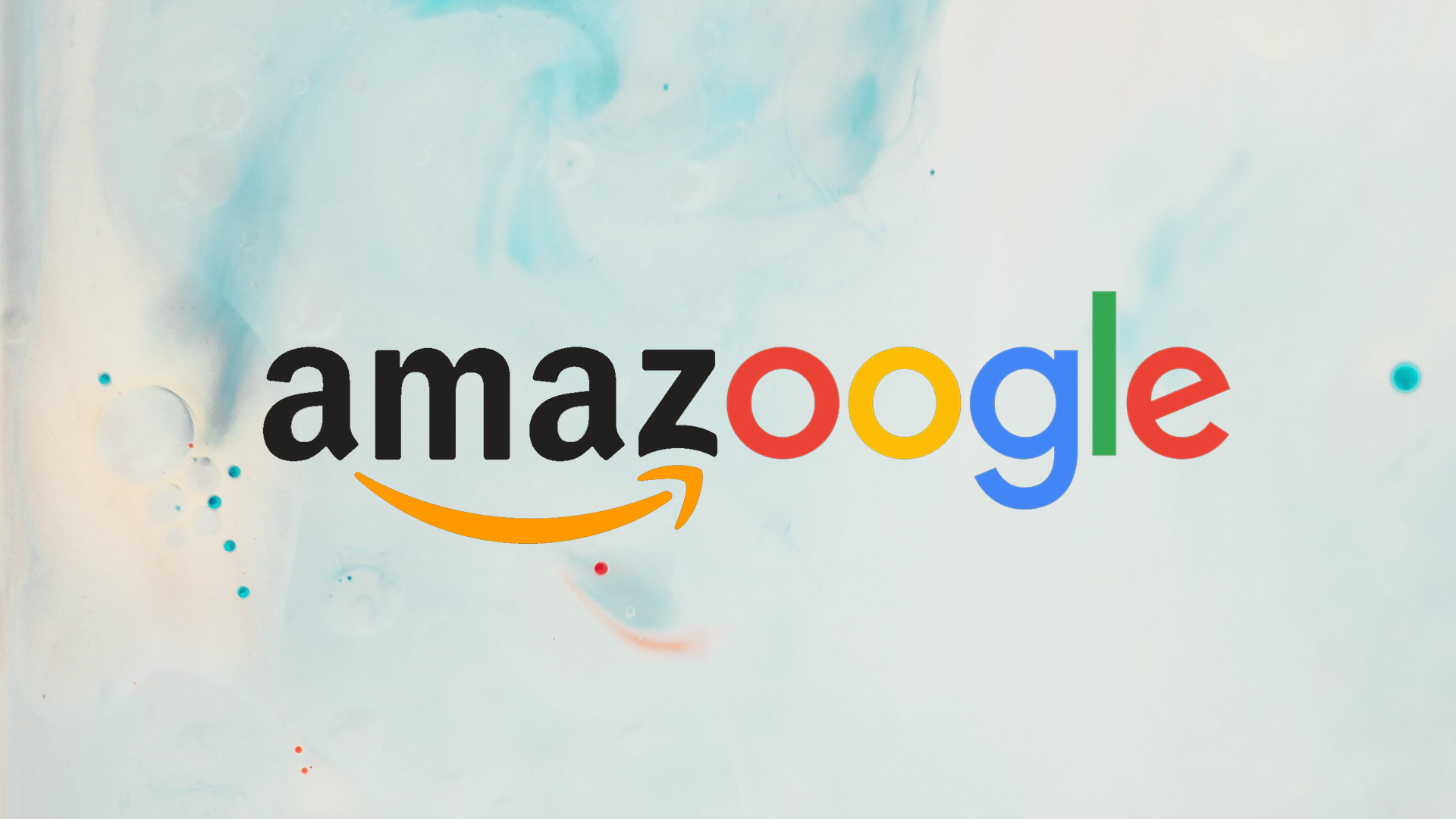
’Amazoogle’: The Advertising Power of Google and Amazon, Combined
For most companies with a robust digital marketing strategy, Google has long acted as a cornerstone; an integral part of how marketers and advertisers engage with audiences online. The most successful brands, however, are the ones who can evolve as the market changes, especially as third-party cookies make their exit. Today, advertising with Google is definitely still great, but paired with Amazon it has the potential to be greater –a marriage that our team likes to call ‘Amazoogle’.
Google as a long-standing advertising cornerstone
Undoubtedly, being marked by Google as ‘relevant’ has been the holy grail for decades. Whatever you want to market or sell online, it starts with generating relevant traffic, and Google helps you get that like no other entity can. Over the years, Google has only centralized more and more Internet traffic and services, marking its platforms (e.g., Google Marketing Platform, DV360, Google Analytics, etc.) virtually irresistible for brands online.
The steep growth of Amazon advertising
This massive focus on Google has led to cutthroat competition across its various platforms. To win, many companies need to hyper-focus their advertising on Google. However, over the years the AdTech ecosystem has certainly grown. Amazon, in particular, is now one of the most important “other” advertising platforms that have come into the market. What started as a small online bookshop in Jeff Bezos’ basement is now a platform with over 300 million active users worldwide.
According to a recent article published on CNBC, Amazon has catapulted to third place as one of the biggest digital ad companies, having grown 19% in the fourth quarter of 2022 with their ad division valued at $38 billion. Meanwhile, Meta reported a 4% annual decline (to $32.2 billion) and Alphabet (Google’s parent company) posted a mere 1% growth (to $76 billion).
Now, given Amazon’s impressive and growing size, why haven’t brands invested more into Amazon? Do brands feel as if they need to choose between either Google or Amazon? Can they really be combined in a feasible way that ramps up ROI? The reality is, the two tech giants offer two different models. From e-commerce parties’ point of view, they do not compete at all.
It isn’t ‘either’, ‘or’; it’s ‘and’ and ‘how’.
Because Amazon and Google are so different, when combined correctly, they can actually have a very positive effect on a company’s growth and ability to scale revenue streams.
The “competition” between Google and Amazon and how not to get caught up in it
There is some truth to the assumption that Google and Amazon are competitors to each other: for search volumes, for customer data, and ultimately for advertising budgets. The higher the search volumes and the greater the amounts of data a platform can promise, the more investment is allocated towards it.
After all, a consumer can only make their purchase on one platform at a time, and if that happens in any webshop that is “powered by Google,” that competes with Amazon. Conversely, Google suffers if consumers use Amazon as either a product search engine, or as a shopping portal, which is increasingly the case.
According to Jungle Scout’s 2022 Q4 Consumer trends Report, most shoppers (63%) start their product search on Amazon, while only 49% start on “regular” search engines like Google.

However, many business parties get too caught up in this “competition”. They think separate budgets are needed to do marketing or advertising for each platform. Indeed, it’s often assumed that dedicated marketing teams are needed for Google and Amazon respectively. But the online marketing strategy of the future is one that combines the capabilities of both Google AND of Amazon. They should collaborate and complement, not compete. However, this is only possible if you succeed in putting your customer at the center of your marketing strategy, rather than your own business operations.
Customers do not spend their entire lives choosing between Amazon or Google, but they do go completely omnichannel and use the platform that is most convenient or obvious to them at that moment, for whatever reason.
Two options for combining Google and Amazon into one marketing strategy
To incorporate the best of Google and Amazon Marketplace into one powerful marketing strategy, there are two options:
- Interconnection. An “interconnected” strategy means that within one marketing strategy there is a clear vision for both sales channels, with equal attention to specifics for the two platforms. So in this case, you build a new marketing strategy from scratch, taking into account relevant features of both Google and the Amazon Marketplace in each component. Examples of those components include optimally targeting your audience and reserving the right advertising budgets. Both platforms require their own strategies and nuances in this regard.
- Integration. An “integrated” strategy goes one step further. This is a strategy where the same data coming from both platforms is also applied to optimize marketing activities on both platforms. This strategy recognizes that transactions on both platforms come from consumers who search and purchase products on Google one day but on Amazon the next.
Ecommerce parties that are not on Amazon are missing an increasing share of their potential customers, and that share is growing. Whether via the “interconnected” or the “integrated” route, those who manage to establish a strategy that combines the best of Google and Amazon’s platforms will have a future-ready strategy. Such strategies are now sometimes jokingly called ‘Amazoogle’ strategies.
‘Amazoogle’ delivers three benefits, without necessarily requiring additional budget
Are you serious about an interconnected or integrated marketing strategy? Then you’re not just doing it to reap the benefits in the future. Amazoogle delivers three concrete benefits right away:
- Greater efficiency. There is no need for a second marketer or marketing team creating a second plan with a second budget to sell products in a second place. Instead, there is one strategy focusing on multiple marketing channels.
- Higher ROI and growth. Application of Amazoogle increases your potential market and thus offers more growth potential. Because you are more efficient, the ROI is inherently higher.
- Better competitiveness. Those who ignore Amazon give up their competitive position against competitors who do not. That can already have a negative impact on commercial results in a fairly short period of time.
Google and Amazon Marketplace are the two most powerful ecommerce platforms today, and they are only growing. By recognizing that and working on an Amazon Google strategy, you’re not just ensuring better commercial results today. You’re working toward a bright, fruitful future.
If you want to learn more about ‘Amazoogle’ or how your company can make the most of it, you can contact me at mikel.dejuan@incubeta.com.
This article was originally published on Emerce.nl.
Browse: Industry Insight
Read Next
Find out how we can help you
With offices around the world, we can build a team perfect for your needs.

